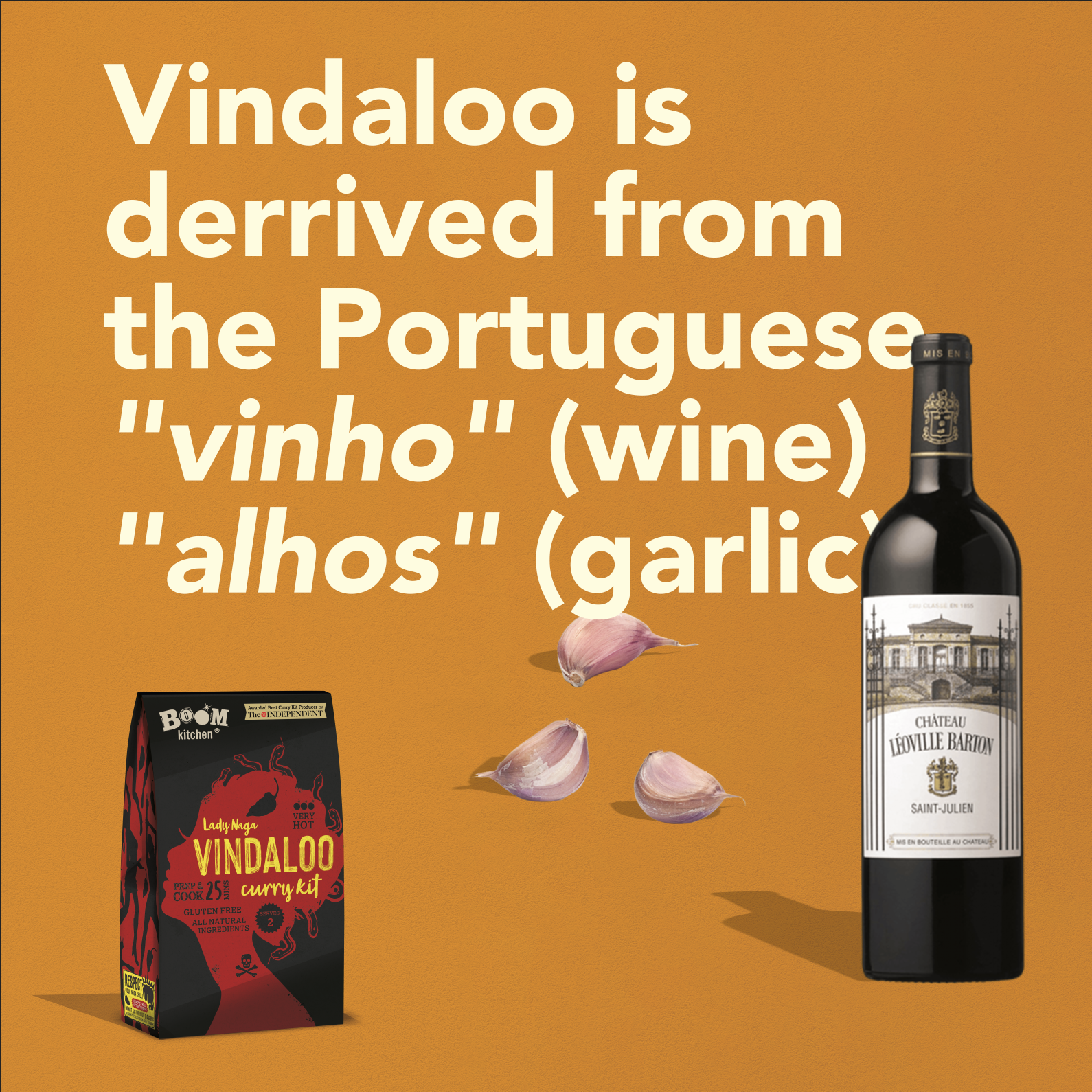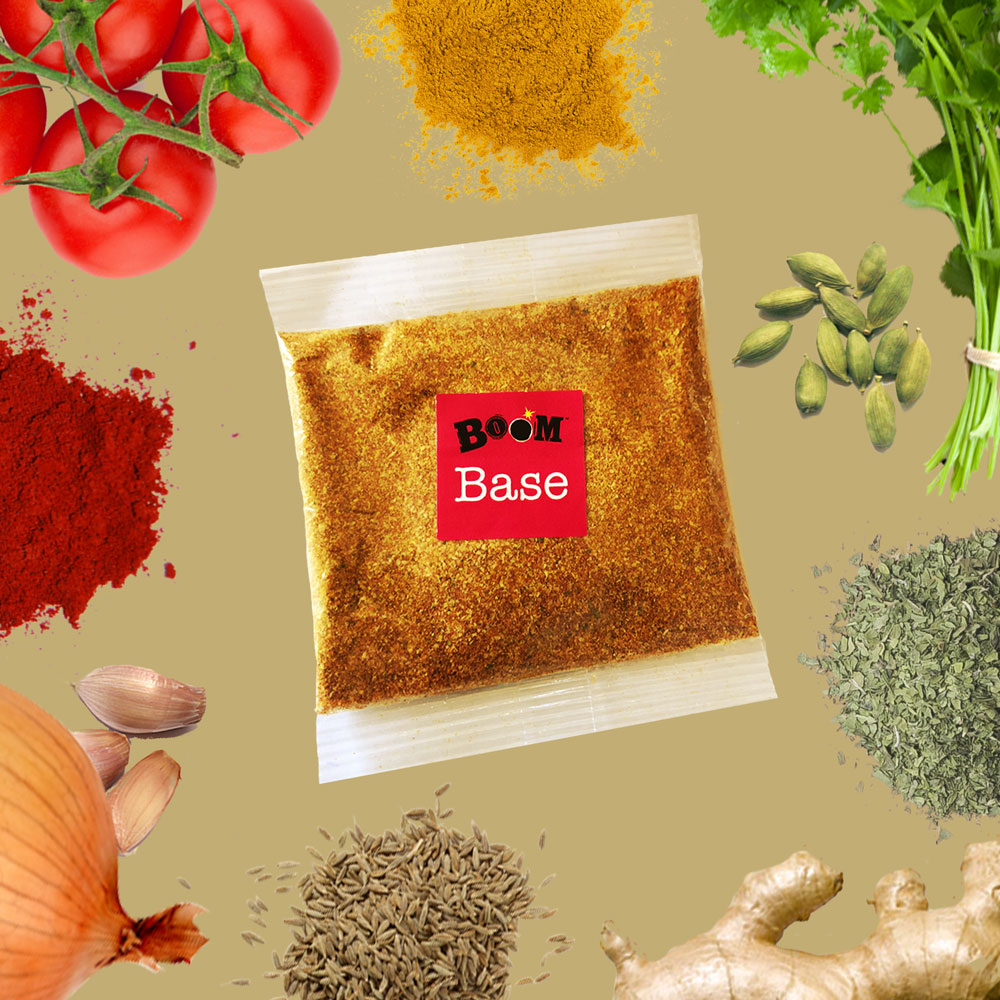Imagine you're strolling down the beaches of Goa, the sun is beating down on you, and the air is thick with the scent of spices. You can almost taste the fiery and tangy flavours of the beloved Indian dish known as vindaloo. Its roots run deep, back to the early 16th century when the Portuguese explorer Vasco da Gama landed in Goa. He brought with him ingredients like vinegar, garlic, and chilli peppers from his home country that would forever change the course of Indian cuisine.
The Portuguese had a thing for pork, and they were quick to incorporate it into their dishes in Goa. The "carne de vinha d'alhos" was one such stew made with pork marinated in garlic and vinegar. The locals soon adapted the recipe to suit their taste buds by adding Indian spices like turmeric, cumin, and coriander. The dish was then christened with the name "vindaloo," derived from the Portuguese words for wine and garlic.
Over time, the Goan adaptation of the dish started to incorporate vinegar in place of wine, which was readily available in the region. This evolution was likely due to the fact that vinegar served as a natural preservative, allowing the dish to be stored for longer periods of time without spoiling. The substitution of wine with vinegar also resulted in a tangier flavour that complemented the fiery spices in the dish. Today, the use of vinegar remains an essential ingredient in the preparation of vindaloo.
The vindaloo became a hit in Goa and eventually made its way to other parts of India. It was particularly beloved among the Christian communities who would serve it up for special occasions and festivals. Nowadays, vindaloo has become a staple on curry house menus and is savoured by foodies all over the globe. But be warned, it's not for the faint of heart, as it's widely considered one of the spiciest Indian dishes out there.
To make a vindaloo at home, one must understand the principles of balancing flavours and spices. First, the pork is marinated in a mixture of vinegar, garlic, and Indian spices for several hours, allowing the flavours to penetrate the meat. Then, the pork is browned in a pan and cooked with onions, tomatoes, and more spices such as cumin, coriander, and turmeric. The key to a great vindaloo is in the balance of heat and sourness, with the fiery chilli peppers and tangy vinegar working together to create a complex and bold flavour profile. It's a dish that requires patience and attention to detail, but the reward is a deeply satisfying and flavourful meal that's sure to please any spice lover.
If you're feeling adventurous and want to give it a go, why not try our Lady Naga Vindaloo Curry Kit? The beauty of our product is that we don't rely on copious amounts of chilli powder. Instead, we opt for the delicious and complex Naga cillili. Rural Indian villages use these suckers to keep elephants away, which gives a hint to their potency. However, if you infuse your vindaloo with the Naga Bhut Jolokia, to credit its full name, you'll experience delicious fruity flavours backed by a heat that doesn't cause an immediate fire in your mouth but slowly turns on the central heating and gives you a warm fuzzy feeling that slowly builds, leaving you wondering how much more can it build. Give it a try and discover the wonders of this fiery yet delicious dish.

